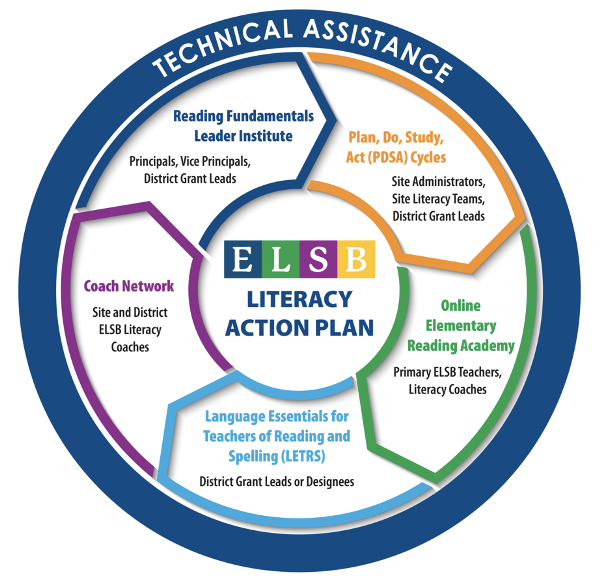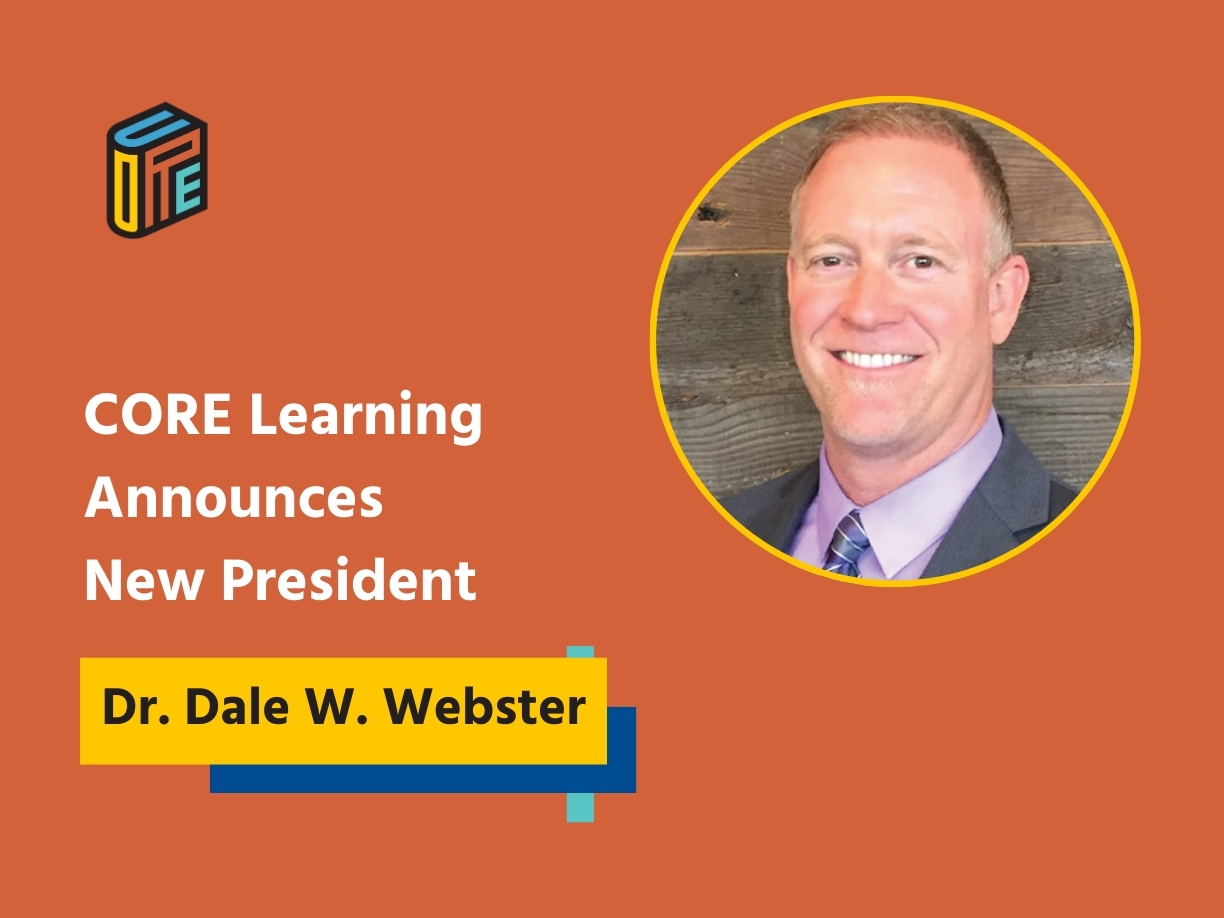Descriptive analyses by researchers at UnboundEd demonstrate that while achievement fell among third graders without ELSB support, the share of students who tested into each achievement level remained statistically consistent in ELSB schools within the same school district. In turn, pre-existing socioeconomic average achievement gaps did not widen during the grant’s first two years.
Differences by student racial and ethnic background reveal a more complex story. Schools that did not receive ELSB support sustained achievement among white students but saw achievement among Hispanic or Latino and Black or African American students as indicated by the growth in the percent of students who did not meet state standards and decline of students who met and exceeded state standards, widening average achievement gaps. Contrary to their peers in non-ELSB schools from the same school district, racial achievement gaps remain unchanged among schools that received ELSB support as cohorts of Black or African American, Hispanic or Latino, and White students fared about the same at every level in 2019, 2022, and 2023.
These analyses suggest that support provided through ELSB grants protected student achievement schoolwide against pandemic-related setbacks observed elsewhere at schools in their districts, across the state, and around the country. As more data becomes available, we encourage analysts to further center equity in their causal research by rigorously examining ELSB’s varied impacts between student groups. Until then, the descriptive findings highlight the potentially powerful role collaborative and evidence-based educator professional learning can play in supporting students from historically marginalized backgrounds.









